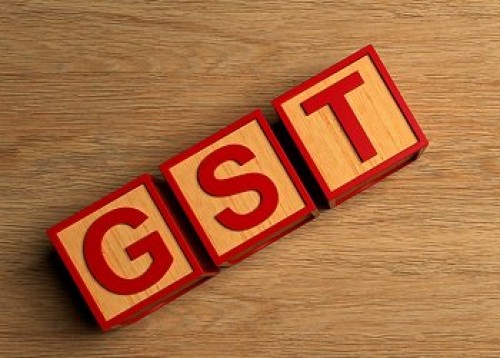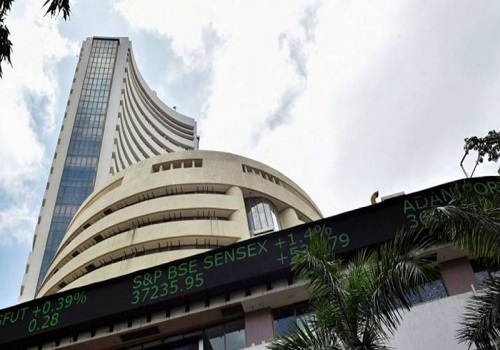Equity Outlook for May 2022 By Mr. Sorbh Gupta, Quantum Mutual Fund
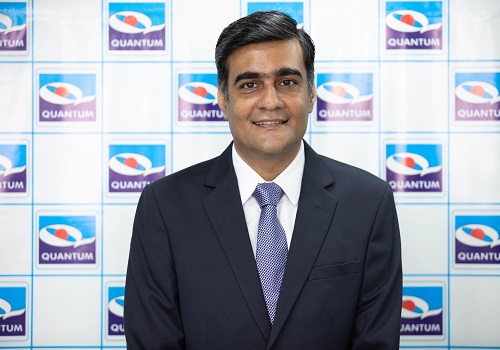
Follow us Now on Telegram ! Get daily 10 - 12 important updates on Business, Finance and Investment. Join our Telegram Channel
S&P BSE SENSEXdeclined by -2.5% on a total return basis in the month of April 2022.It has outperformed developed market indices likeS&P 500 (-8.71%)and Dow Jones Industrial Average Index (-4.82%).S&P BSE SENSEX has also outperformed MSCI Emerging Market Index (-5.55%).The broader market was much more resilient,
S&P BSE Midcap Index has increased by 1.33% for the month &S&P BSE SmallcapIndex gave a monthly return of 1.43%. Power sector was the biggest outperformer sector. IT & Telecom were the laggards
Quantum Long Term Equity Value Fund (QLTEVF) saw adecline of -0.6% in its NAV in April 2022. This compares to a -0.56% decline in its Tier I benchmark S&P BSE 500&-0.68% decline in its Tier II Benchmark S&P BSE 200. Cash in the scheme stood at approximately 6.3% at the end of the month.The portfolio is valued at 14.1x FY24Econsensus earningsvs.the S&P BSE Sensex valuations of18.7x FY24Econsensus earnings.
FPI outflow intensity has increased due to geopolitical risks
March-22 has seen FPI outflows of US$ -2.2 bn.With this month’s outflows, FIIs have sold close to US$ 16.8bn till date in CY22. DIIs have been net buyers for March 2022 to the tune of US$2.9bn and have absorbed a lot of selling pressure from the FIIs
Power supply is falling short of demand
Power demand is up by 7.9% y-o-y in FY22. The peak power demand reached 201GW in March 2022, growing 7.7% y-o-y due to the early onset of summer. In the first 27 days of April, electricity supplies fell short of demand by 1.88 bn units or 1.67% (worst since FY16).
India’s current power shortage can be attributable to coal production not keeping pace with the growing demand over the last few years – FY21 production levels were similar to those in FY17. Power demand had been weak in the past 2 years due to reduced economic activity (Covid-19 lockdown impact). However, with the economy reopening completely & heatwaves hitting across the country early this year supply is falling short of demand. Spot prices of power have soared amidst the current shortage (the government has intervened & capped prices at Rs 12/unit). This deficit is expected to continue till June when the monsoon begins, and hydro capacities enter the mix.
From a manufacturing sector perspective, it will not impact production significantly as India has a history of erratic power supply so Indian manufacturing facilities are designed with backup power generation capabilities, further 94% of India’s thermal power generation is based on local sourcing of coal with fixed pricing, therefore, power prices are not expected to shoot up for long term power agreements.
A sudden Rate hike by RBI
RBI monetary policy committee meets six times a year.The last MPC meeting was on 6-8 April and the next one was scheduled on June 6-8 despite such frequent meetings the committee decided to raise repo rates by 40bp to 4.4% and CRR by 50bp to 4.5% in an unscheduled meeting. Therefore, the timing of the rate hike came as a big surprise for markets. The only reason one could fathom for this unscheduled policy action is RBI’s inclination to raise rates before the US Federal Reserve raised rates (Fed eventually raised rates by 50 bps).
Q4FY22 & Full Year FY22 results have been a mixed bag till now
The Q4FY22 results have started to trickle in & broadly can be considered a mixed bag. The overall demand scenario looks upbeat for most sectors despite inflationary pressure but maintaining the operating margins has been a key challenge due rise in input costs. The companies are taking multiple steps like increasing product prices, cost control & mix changes to fend off margin pressures, & it should stabilise in the next few quarters.
RBI’s surprise move on increasing the repo rates is an acknowledgment of inflation becoming a more important variable in policy decisions than growth. It will not have an immediate bearing on growth orinflation, but it is an indication of things to come. These types of events will come & go multiple times in an investor’s journey to achieving financial goals & one should not be swayed too much. An equity portfolio stress-tested for balance sheet strength (lowerleverage) & attractive valuations of investee companies is well suited for this environment. Investors should stick to their asset allocation plans & use a staggered approach to increase allocation to equities.
To Read Complete Report & Disclaimer Click Here
Above views are of the author and not of the website kindly read disclaimer










Tag News

We anticipate immense potential benefits from the upcoming Sovereign Gold Bond Tranche in FY...

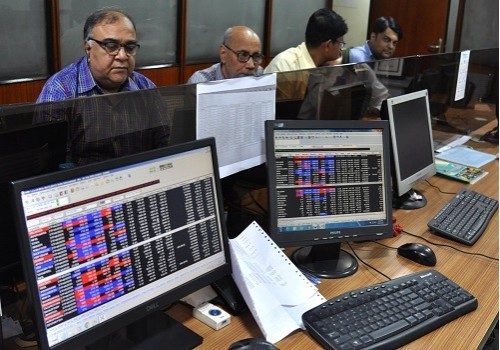

More News

Market Wrap Up by Shrikant Chouhan, Head Equity Research, Kotak Securities Ltd

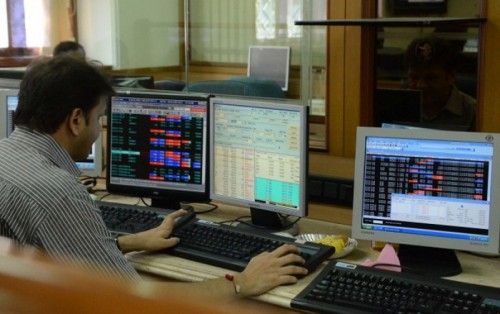
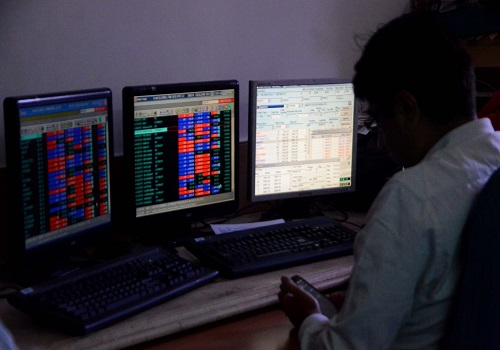


 320-x-100_uti_gold.jpg" alt="Advertisement">
320-x-100_uti_gold.jpg" alt="Advertisement">



